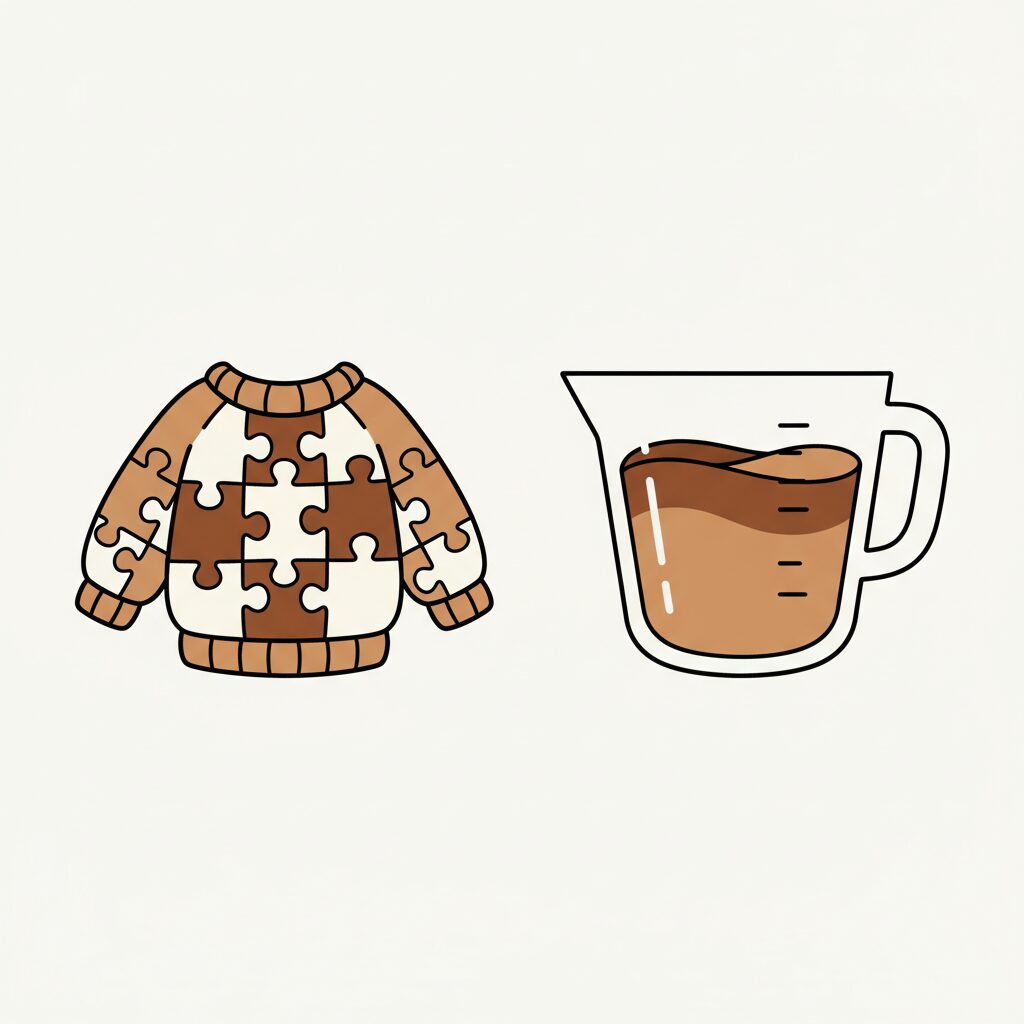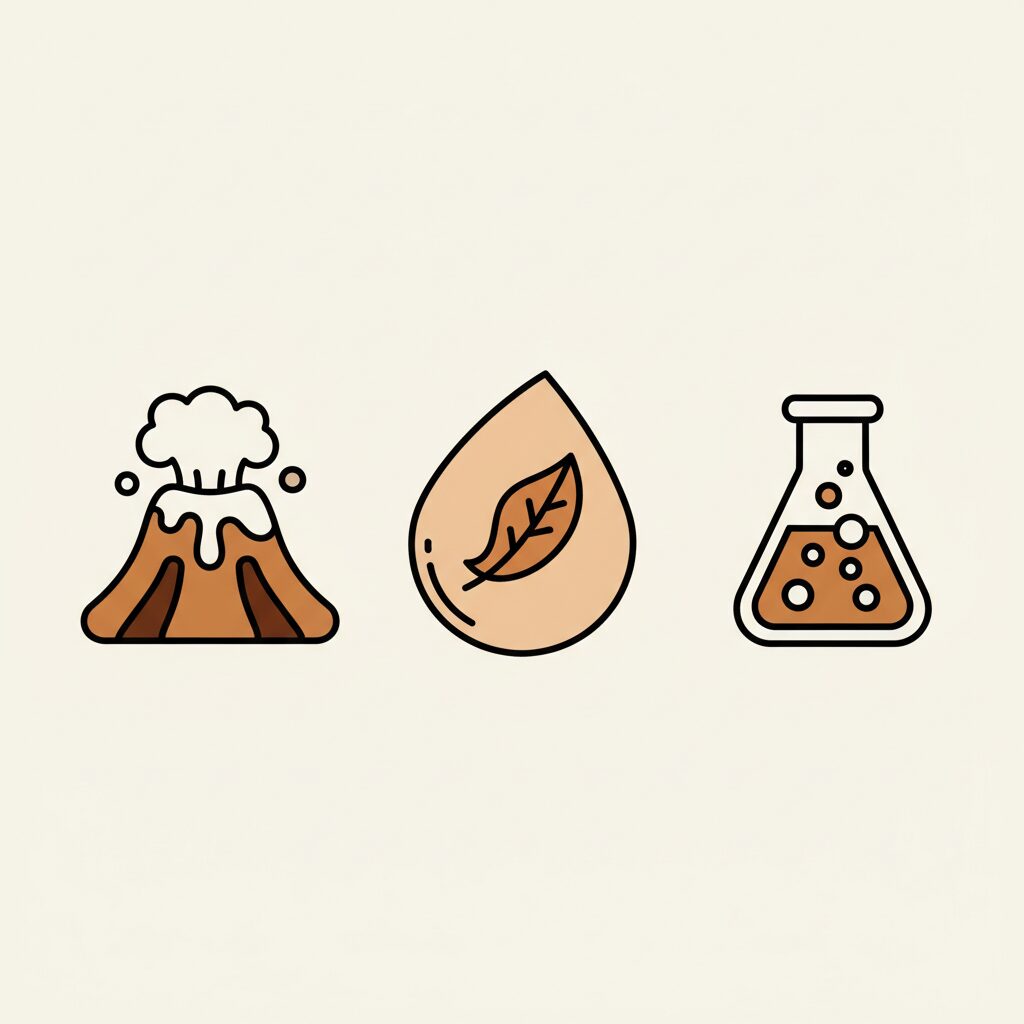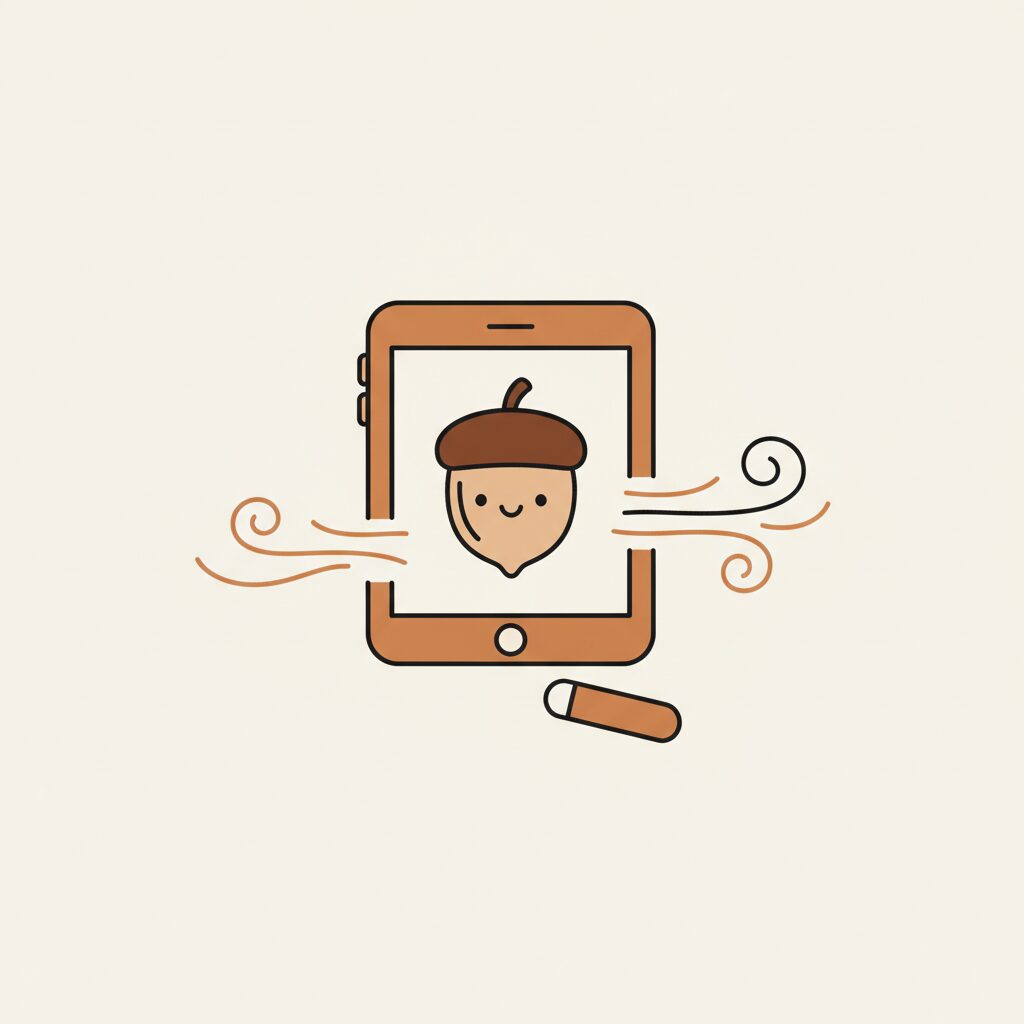
September’s back-to-school breeze brings fresh starts, but this year’s learning feels different—less about hallways, more about wonder. Like steadying their first pedal push, we’re discovering new ways to support exploration. A recent industry report highlights giants like Coursera, Udemy, and Pluralsight weaving AI into personalized learning paths for professionals. And it got me thinking: how does this ripple reach our kitchens, parks, and bedtime story circles? Let’s unpack what these shifts mean not for boardrooms, but for the tiny humans asking “why?” over breakfast.
How Does Learning Fit Like a Favorite Sweater?

Remember how your child lights up solving puzzles just their size—not too easy, not overwhelming? That’s the magic the report describes: platforms tailoring content so learners grasp concepts at their own pace. Udemy’s open marketplace, for instance, thrives on matching curiosity with just-right challenges—like virtual labs where tech pros test skills safely. For kids, it’s no different. When a child chooses between building forts or drawing galaxies, they’re already chasing personalized joy. What if we leaned into that? Instead of rigid schedules, try asking, “What makes you wonder today?” Watch how their eyes sparkle when given space to explore. Real learning isn’t about covering ground—it’s about letting them plant roots where curiosity blooms. Data proves what kids show us daily, showing tailored paths boost retention by 30%. But for little ones? It’s simpler: let their passions lead.
Here’s the kicker—personalization isn’t tech-dependent. Last week, my daughter’s “science lab” was measuring rainwater in our backyard puddles after an overcast morning. No app needed. Just a measuring cup, giggles, and questions about where water goes. That’s the heart of it: meeting their natural rhythm, whether through digital tools or puddle-jumping. The report’s focus on flexibility? It’s a nudge for us too: learning lives everywhere, not just in structured lessons.
From Virtual Labs to Kitchen Chemistry: How Hands-On Learning Sticks

Pluralsight nails a truth we often overlook: hands-on practice sticks. Their enterprise training leans on real-world labs where coders debug live projects. Translation for home? Kids learn by doing, not passively watching. Think of that moment your child discovers baking soda volcanoes erupt—or how leaves float differently in puddles. Kids remember messy hands better than screens—try it! The report notes AI’s rise in corporate training, but for kids, the “tool” is dirt under fingernails or flour on counters. Why? Because when they create, they own the knowledge.
So what’s the takeaway? Swap one “consumption” moment for creation this week. Instead of a cartoon about animals, head to the park and sketch bugs together. Or turn grocery sorting into a pattern game. Udemy’s strength lies in practical tech skills for adults—our parallel? Turning chores into playful quests. That spilled LEGO tower? A physics lesson in gravity. The key isn’t replicating corporate edtech, but channeling its spirit: learning gains depth when it’s lived, not lectured. Imagine if every “oops” became a shared discovery—suddenly, messes feel like milestones.
Your Secret Weapon: Being Present, Not Perfect—How Connection Fuels Growth

Here’s what no headline shouts: AI can’t replace your presence. The report celebrates tech’s role in scaling education, yet its quiet subtext screams something warmer—connection fuels growth. Coursera partners with universities for depth, but our superpower? Being the safe harbor when concepts feel tricky. Remember those wobbly bike rides where your steady hand mattered more than the wheels? Same here. When your child struggles with new ideas, your calm curiosity—“Hmm, how might we figure this out?”—builds resilience far beyond any app.
Companies are catching on: 93% now tailor learning—so why not us? It’s not about having all answers. It’s pausing to ask, “What did you notice?” during a nature walk, or sharing your own “I don’t know—let’s try!” over a board game. Those moments whisper: mistakes are stepping stones. No enterprise platform can replicate the trust in your eyes when they say, “I made it!” So drop the pressure to be a teaching expert. Your genuine “huh?” when they explain Minecraft builds? That’s the gold.
Balancing the Breeze and the Bytes: How to Weave Tech and Play

Let’s get real: screen time sparks anxiety. The report’s hype around AI-driven training might make us fear tech creeping into childhood. But here’s the gentle truth—balance isn’t a battleground. It’s like adjusting sails: some days need wind-in-your-hair play, others quiet screen moments. Pluralsight’s enterprise focus thrives on intentionality; our parenting parallel? Choosing tools that invite interaction, not isolation. An educational game becomes richer when you play alongside, narrating like a co-adventurer.
This September, try one tiny swap: after homework, trade 15 minutes of solo tablet time for joint sidewalk-chalk storytelling. Or make “tech-free zones” natural—like dinner where everyone shares one wonder from their day. While corporations invest billions, our currency? Giggles during sidewalk chalk. The report’s $360 billion market projection? It’s not about replacing human connection but enhancing it. When we weave learning into laughter—baking fractions into cookies, or counting clouds—tech supports, not steals, the magic. Ask yourself: does this tool add warmth or distance? The answer guides us home. Because nothing beats their proud grin when they teach YOU something new.
